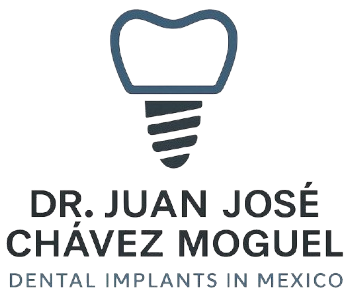What is a Dental Brigde?
A dental bridge is a fixed prosthesis used to replace one or more missing teeth, restoring both function and aesthetics to the dentition. Its purpose is to close the gap left by tooth loss, using adjacent teeth as support.
This treatment consists of a structure that includes:
Abutment teeth: These are the natural teeth or dental implants located on both sides of the edentulous space. They serve as support for the bridge and generally need to be prepared to receive crowns.
Pontics: These are the artificial teeth that replace the missing ones. They are integrated into the bridge and remain suspended over the gum in the area of the missing tooth.
The bridge is permanently fixed and cannot be removed by the patient, unlike removable partial dentures.
Common indications for a dental bridge:
- Loss of one or more consecutive teeth
- Need to restore the ability to chew and speak normally
- Prevention of neighboring teeth from shifting into the empty space
- Improvement of facial appearance and smile aesthetics
Types of dental bridges:
- Traditional bridges: Use crowns cemented onto the abutment teeth
- Cantilever bridges: Supported by only one abutment tooth
- Maryland bonded bridges: Use a metal or porcelain framework bonded to the back of the abutment teeth
- Implant-supported bridges:Supported by dental implants instead of natural teeth
The placement of a dental bridge requires proper clinical diagnosis, analysis of bone support, and evaluation of the overall health of the abutment teeth. It is a functional and aesthetic solution that can last many years with proper oral hygiene and regular check-ups
Also a dental bridge is a fixed prosthetic structure used to replace one or more missing teeth. It is designed to “bridge” the gap created by tooth loss and is supported by natural teeth or implants located on both sides of the space.
Main Components of a Dental Bridge:
Abutment Teeth (Pillars or “Abutments”)
These are the natural teeth or dental implants on either side of the edentulous space. These teeth are prepared (usually shaped) to receive crowns that will serve as support for the bridge. They must have strong root structure and be free from periodontal disease to ensure stability.
Pontics (Artificial Teeth)
These are the false teeth that replace the missing ones. They are attached to the crowns on the abutment teeth and remain suspended over the gum. Although they have no root, they are designed to look and function like natural teeth.
Connectors
These are the parts of the bridge that join the pontics to the crowns on the abutment teeth. They can be rigid or, in certain special cases, semi-rigid to better adapt to specific anatomies or clinical conditions.
Underlying Structure
Depending on the type of bridge, the underlying framework may be made from various materials such as metal, zirconia, or pure ceramic. This structure provides the strength and durability needed to withstand chewing forces.
Materials Used:
- Porcelain or Ceramic: Highly aesthetic, mimics the natural color of teeth
- Zirconia: Strong, biocompatible, and visually pleasing material
- Porcelain-Fused-to-Metal (PFM): Combines the strength of metal with the beauty of porcelain
- Metal Alloys: More durable but less aesthetic, ideal for posterior (back) areas
Requirements for a Successful Bridge:
- Healthy abutment teeth with adequate bone support
- Strict oral hygiene to prevent decay or periodontal disease
- Absence of untreated bruxism (teeth grinding or clenching)
- Regular check-ups with your dentist
Let’s Bring Your Smile and Joy Back!
Your smile transformation starts with a conversation.
Whether you have questions or you’re ready to
book, we’re here to guide you every step of the
way, with care you can trust.
📞 Call us now: (813) 586-0486
